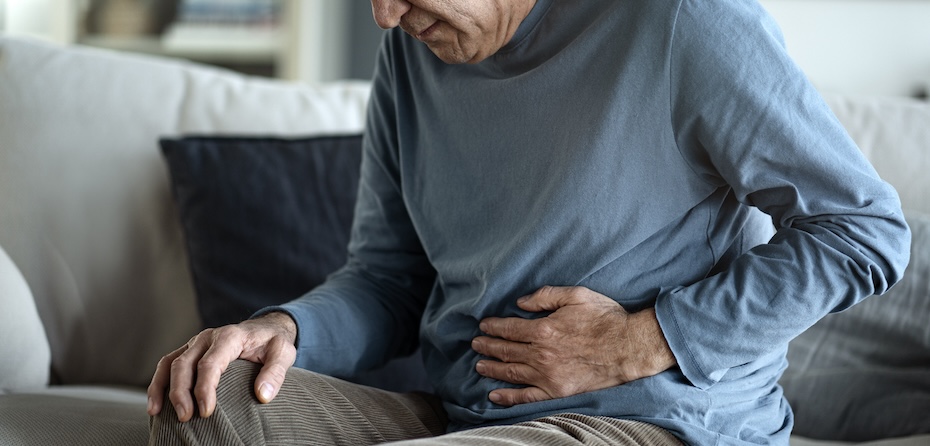
Testicular cancer, while relatively rare, is a concerning reality for cis men, especially those between the ages of 15 and 44. However, there’s also a risk for trans women and individuals with the suggested anatomy. The good news is that its prognosis is highly favourable when detected early. Recognising the early signs, such as a painless lump on the testicle, can lead to immediate treatment, significantly improving the odds of positive outcomes.
Overview of Testicular Cancer and its Prevalence
Testicular cancer occurs in the testicles (testes), located inside the scrotum, a loose bag of skin underneath the penis. Despite its relatively low incidence, affecting about 1 in 250 males at some point in their lives, its impact can be profound. Fortunately, testicular cancer is one of the most treatable types of cancer, especially when caught early.
Testicular Cancer Symptoms: What to Look For
Symptoms of testicular cancer are not always obvious. The symptom most associated with this form of cancer is the presence of a painless lump on the testicle and requires immediate medical attention. While not all lumps indicate testicular cancer, it should prompt a visit to the doctor. The thought may be intimidating, but understanding its significance is the first step toward proactive health management.
Early detection is crucial for effective treatment, making awareness of these symptoms vital for every man. Regular self-examinations are recommended for all men, ideally once a month. This practice can help individuals become familiar with the normal size and feel of their testicles, thus making it easier to notice any changes or abnormalities early on.
Exploring the Significance of a Painless Lump in Testicular Cancer Diagnosis
The discovery of a painless lump, regardless of its size, is often the first sign of testicular cancer. Many men discover these lumps accidentally or during self-examination. This symptom alone significantly underscores the importance of regular checks, as early-stage testicular cancer might not cause any discomfort or pain.
Understanding the Characteristics and Texture of Suspicious Lumps
Suspicious lumps are usually painless and may feel like a pea-sized growth on the testicle. However, the size and texture can vary, with some lumps feeling firmer and others being more noticeable. Noticing the difference in texture or size from the rest of the testicle is key to identifying potentially cancerous lumps.
Steps to Take Upon Discovering a Lump
If you discover a lump, it’s critical not to panic. Instead, schedule an appointment with your primary care physician or a urologist, who will likely recommend an ultrasound to examine the testicle, and move on from there.

Signs of Testicular Cancer: Beyond Lumps
While a painless lump on the testicle is a key indicator, some other symptoms and signs should not be overlooked. Awareness of these additional signs is crucial for early detection and effective treatment. Consider the following information for reference only, and always consult with your health professional for personalised advice.
Additional Symptoms and Red Flags to Be Aware Of
Testicular cancer can manifest through various symptoms aside from the presence of a lump. Additional symptoms include:
- A change in how the testicle feels or a sensation of heaviness in the scrotum
- A dull ache in the abdomen or groin
- A sudden build-up of fluid in the scrotum
- Pain or discomfort in a testicle or the scrotum
- Changes in the size, shape, or consistency of the testicles
- Unexplained fatigue or a general feeling of being unwell
- A decrease in libido or changes in sexual health
Changes in Testicular Size, Shape, or Consistency
Any noticeable changes in the size, shape, or consistency of the testicles can be indicative of testicular cancer. These changes may occur gradually and without pain, making regular self-examinations even more important for detecting subtle differences over time.
Pain or Discomfort in the Testicle, Groin, or Lower Abdomen
Although many tumours are painless, some men may experience discomfort or pain in the testicle, groin, or lower abdomen area. This discomfort may come and go or be constant. Report any persistent pain or discomfort to a healthcare provider, as it may signify testicular cancer or other health issues.
Testicular Cancer Survival Rate: Understanding Prognosis
The prognosis for testicular cancer is generally highly positive, especially when caught early. Understanding the factors influencing survival rates can provide hope and motivation for those affected and their loved ones.
Factors That Influence Survival Rates and Treatment Outcomes
The stage of the cancer at diagnosis, the type of testicular cancer, the patient's overall health, and its response to treatment can all influence survival rates. Early-stage testicular cancer has a particularly high survival rate, often exceeding 95%.
Importance of Early Diagnosis and Prompt Medical Intervention
To make an emphasis one last time, early diagnosis through regular self-examinations and prompt medical intervention is key to successful treatment outcomes. Remember that the earlier testicular cancer is detected, the more treatment options are available, and the greater the chance of a full recovery.
Supportive Resources & Services Available for Patients and Survivors
There are numerous resources and support services available to help individuals diagnosed with testicular cancer and their families navigate the journey from diagnosis through treatment and recovery. These include cancer support groups, counselling services, and patient advocacy organisations, all aimed at providing emotional support, practical advice, and a community of individuals who understand the experience.
Empowerment through knowledge and awareness is crucial in the fight against testicular cancer. Promoting regular self-examinations, recognising symptoms, and fostering an environment where men feel comfortable seeking medical advice and discussing their health concerns can save lives. Consider using HIF’s Second Opinion to ensure comprehensive care and improve treatment outcomes. Take control of your health journey today.